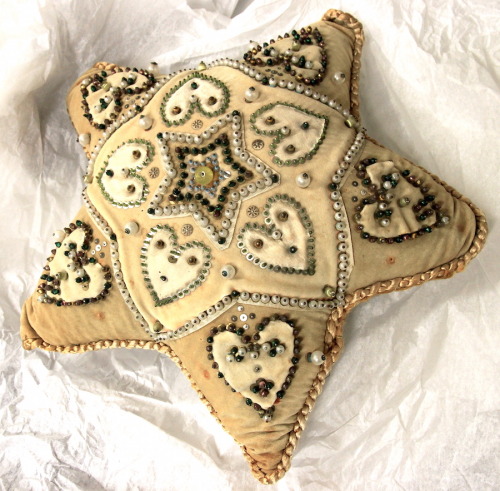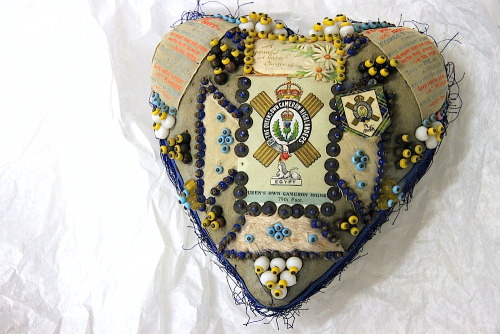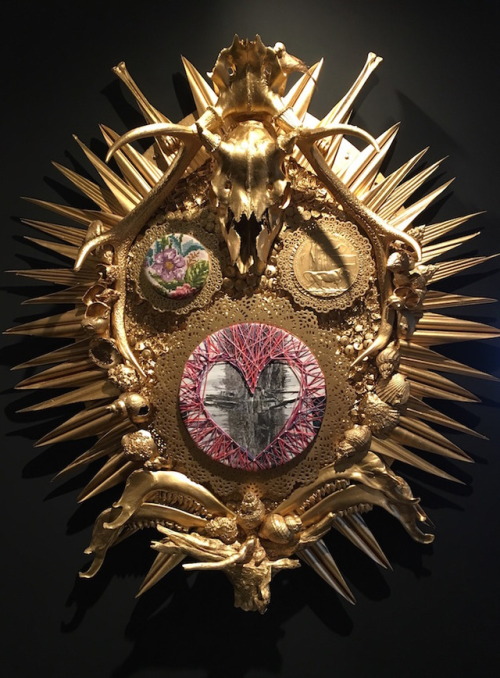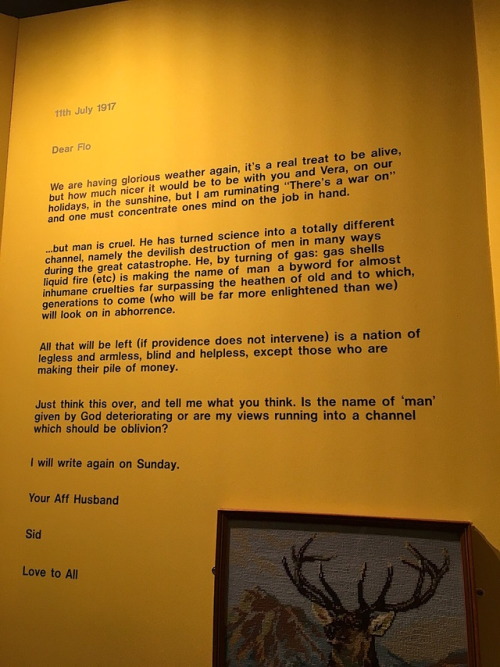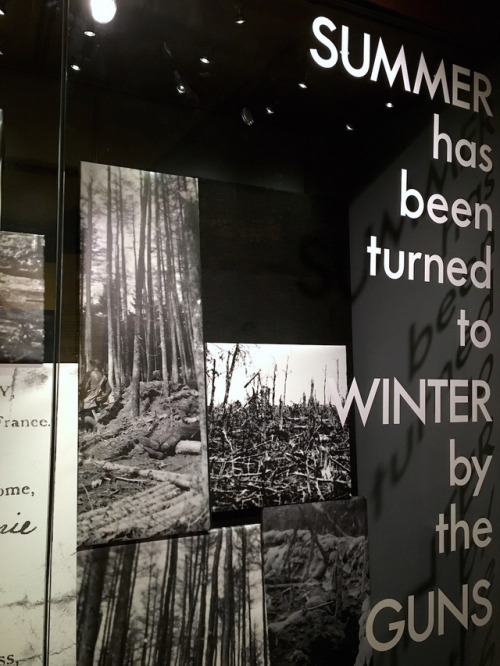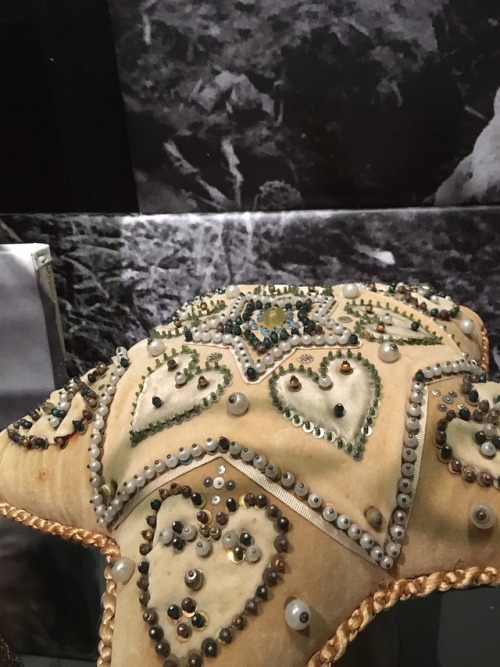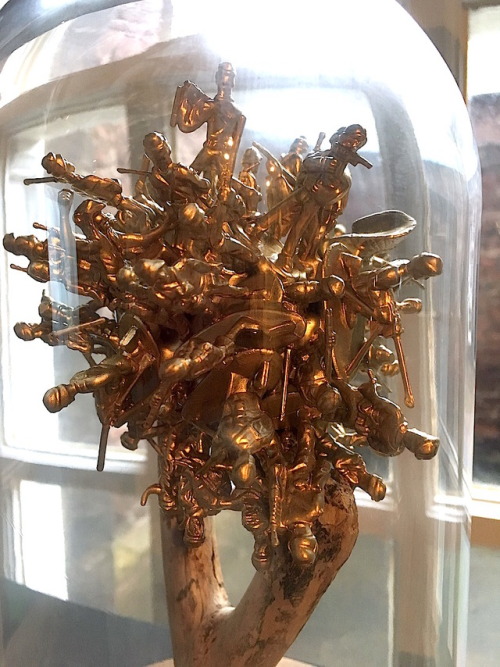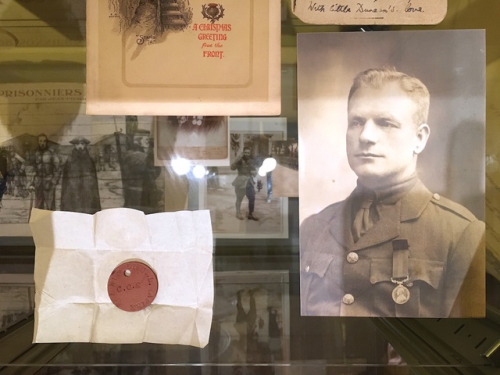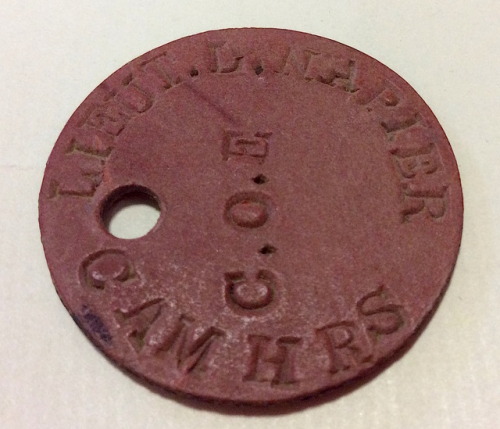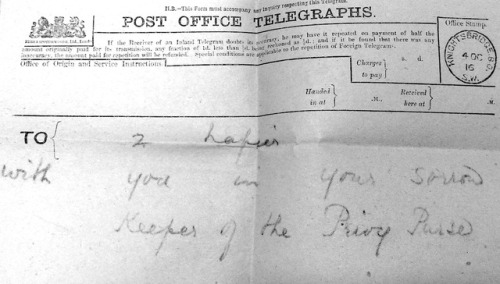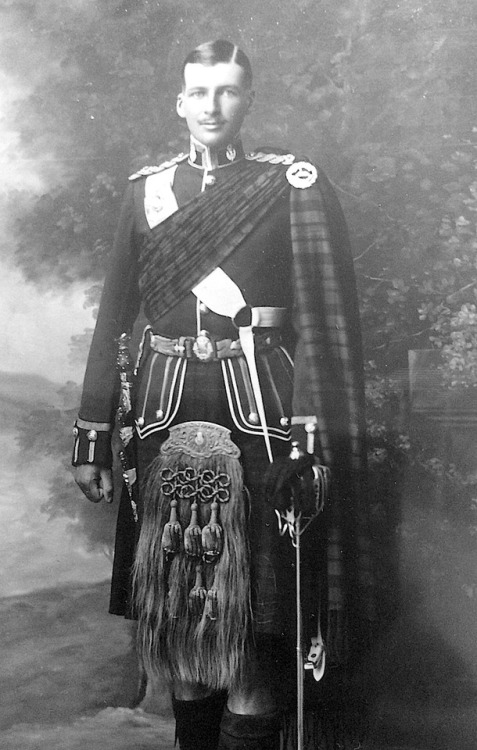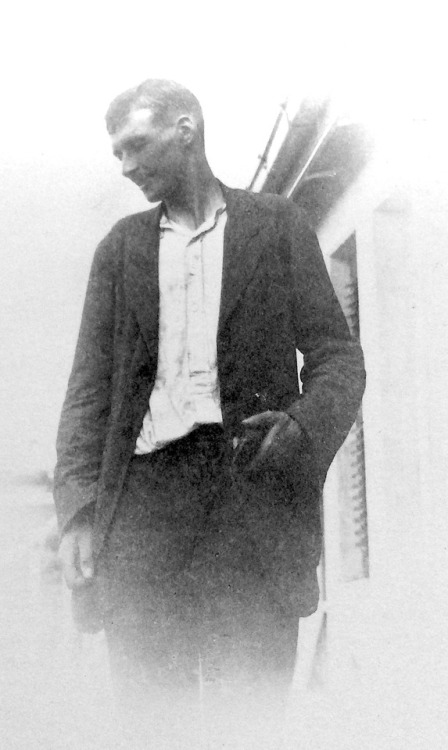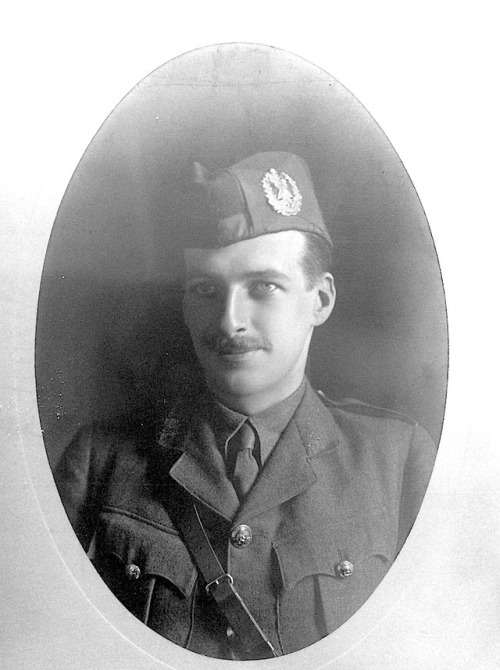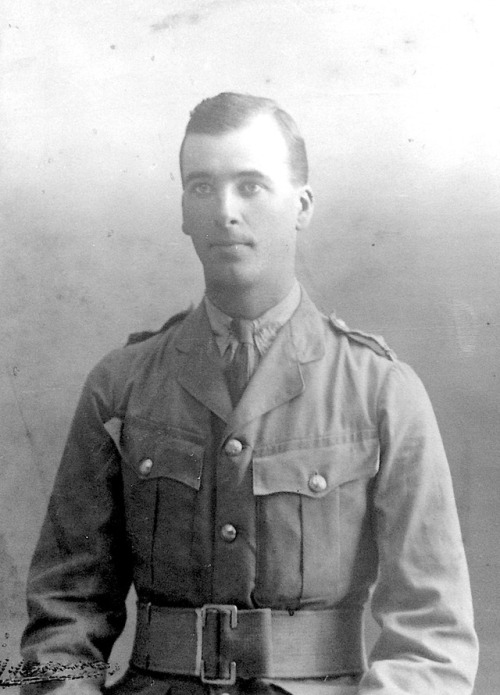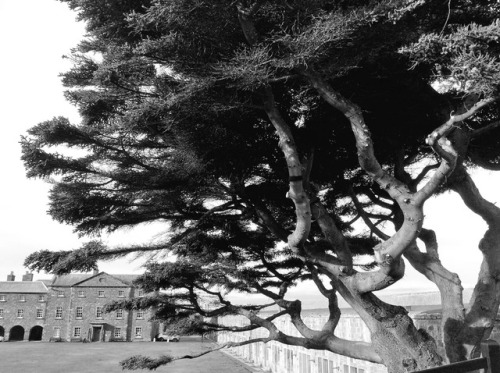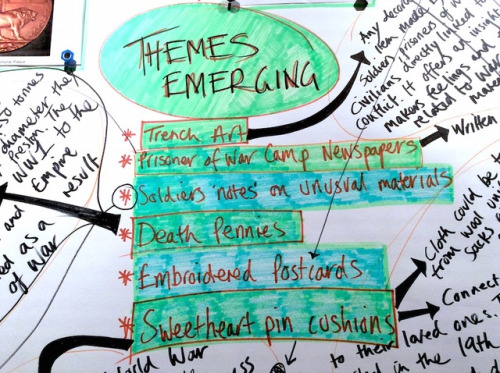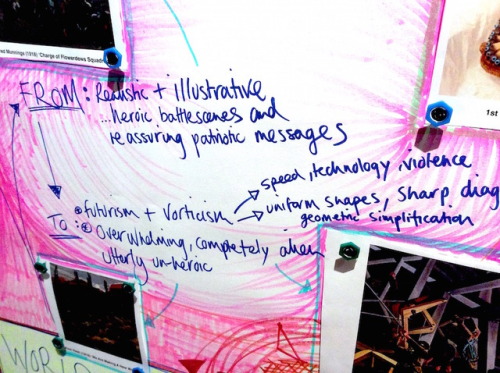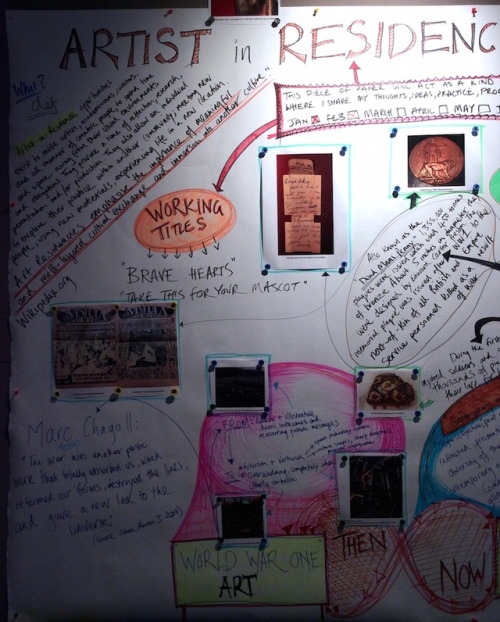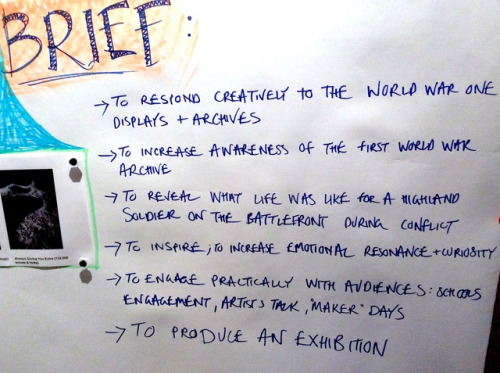#cameron highlanders
Think of Me …. ‘Sweetheart’ pin cushions
Sometimes sold in commercially available kits and sometimes made out of scrounged thread, feed sacks and woollen cloth taken from uniforms.
The tradition began in the 19th Century with Queen Victoria who, as an amateur practitioner of textile arts, thought soldiers may find quilting or needlepoint a welcome distraction during convalescence or times of loneliness. The tradition carried on throughout WW1 and the archive at the fort contains some fascinating examples of such pieces.
Materials included paper decoupage, glass beads, metal pins and plastic alongside sequins and braids.
Inscription:
‘Think of Me When the golden sun is sinking, and your mind from care set free, when of others you are thinking, will you sometimes Think of Me’
The activity was mostly undertaken by men and the pincushions were stuffed with a variety of materials including sawdust.
Further information can be found here:
http://www.gmmg.org.uk/our-connected-history/item/sweetheart-pin-cushion/
Post link

The cigarette case pictured above belonged to Private M Smith of the 5th Bn Cameron Highlanders. It was damaged by a German bullet at Loos in 1915. Private Smith was later killed at Delville Wood during the battle of the Somme in July 1916.
Artist in Residence Exhibition
‘Summer Has Been Turned To Winter By The Guns’ (2017)
at
The Highlanders’ Museum (Queen’s Own Highlanders Collection)
8th October 2017 – 18th March 2018
“It has been a real experience for staff, volunteers, visitors and local schoolchildren to work with our Artist in Residence on this project – seeing our World War One archive through fresh and creative eyes. Robyn Woolston’s exhibition is stunning, thought-provoking and presents a personal response to ‘The Great War’ from the artist and the children and adults who contributed to the project.”
Education Officer, Gill Bird
Project Blog: https://highlandersmuseumww1.tumblr.com
Location:
Fort George is a ‘registered Ancient Monument’ and for over 235 years has been a military garrison and training depot for a Regular Infantry Battalion of the British Army. It is currently home to the 3rd Battalion The Royal Regiment of Scotland.
Set in what was formerly the Lieutenant Governor’s house, the Highlanders’ Museum was founded over 60 years ago. The museum houses more than 5,000 gallantry awards and campaign medals won by the fighting men of the regiment as well as silver and personal artefacts. It also contains a set of Colours carried at the Battle of Waterloo and King Edward VIII’s regimental uniform.
Opening Times: 10.00am - 3.15pm / closed at weekends Dec & Jan
Admission to the Highlanders’ Museum (Queen’s Own Highlanders Collection) is FREE but you must pay an admission charge to visit Fort George. Adult - £9.00 Concession - £7.20 Child aged 5–15 - £5.40 Under 5 - FREE
Exhibition Fabrication: G & T Project Management
Post link
I’m now at a point in my Museums Galleries Scotland funded Artist Residency at the Highlanders’ Museum (Queen’s Own Highlanders Collection) where I’m moving from research into making. It’s a stage which requires me to spend less time ‘on location’ & more time in the studio.

After collating 1408 separate files comprised of photographs from the archive, notes sent both to-and-from the front line, official documents from Buckingham Palace, official portraits, and domestic snaps etc it is a time to focus upon narratives that will saturate and direct my final exhibition.

During the last 6 months I’ve been most touched by:
- ‘traces’ left by the human hand, a note scribbled in the corner of a printed army document or the inside of a cigarette wrapper.
- hand-sewn greetings cards and notes
- salvaged materials used within sweetheart pin-cushions (old uniforms, sack-cloth etc)
- harrowing personal accounts of life in the trenches: ‘Our wounded were streaming back, some ghastly sights; holding on arms, legs, broken and smashed’&‘All that will be left is a nation of legless, and armless, blind and helpless except those that are making money’(1917)

Alongside extracts from newspapers such as the Shipley Express and Times from 1st June 1917 describing Arras:
‘…over wires, over shell holes, past mined patches and death traps…faced a torrent of fire aimed at us’
And then there are the thoughts of historians such as E.J. Hobsbawn raising pertinent questions such as: how did ‘the era of peace, of confident bourgeois civilisation, growing wealth and western empires within itself the embryo of the era of war, revolution and crisis put an end to it?’
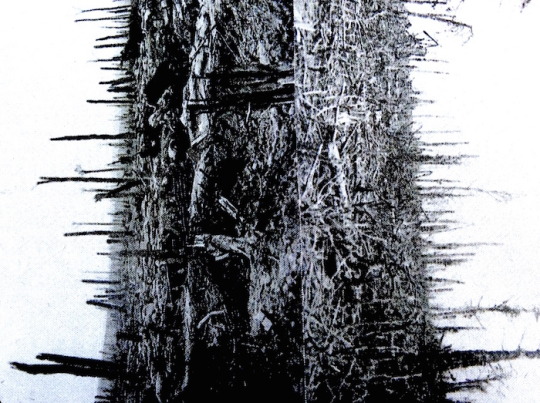
In parallel I’m now diving deep into materials and techniques. Exploring hand-sewn and domestic processes alongside industrial fabrication techniques. I’m locating harvested cloth (from Highland charity shops and the collection itself) and found objects.
Exhibition begins: 7th October 2017

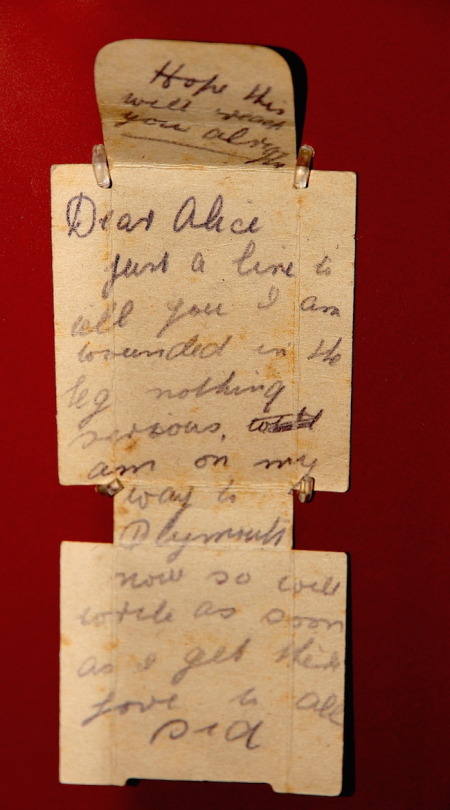
Accompanying paperwork (linked to previous photographs) for Capt Lennox Robert Murray Napier served 2nd Camerons 1911-15
He served with the 2nd Battalion in India and on the outbreak of World War 1 he remained there in charge of married families, until rejoining the Battalion, then near Dickebusch, 17th Feb 1915. After being wounded at the battle of Frezenberg Ridge, 8th May 1915, he was posted to the 1st Battalion and commanded ‘C’ Company during the trench fighting in the Bethune sector, and at the battle of Bazentin Ridge when he was mortally wounded while leading the assault, and fell into the hands of the Germans.
Died as a Prisoner of War on the 28th July 1916 in a German Field Hospital, of wounds received in action 23rd July 1916. Originally reported missing.
(ACC 79-19)
Post link
‘…mortally wounded while leading the assault’
Capt Lennox Robert Murray Napier served 2nd Camerons 1911-15
He served with the 2nd Battalion in India and on the outbreak of World War 1 he remained there in charge of married families, until rejoining the Battalion, then near Dickebusch, 17th Feb 1915. After being wounded at the battle of Frezenberg Ridge, 8th May 1915, he was posted to the 1st Battalion and commanded ‘C’ Company during the trench fighting in the Bethune sector, and at the battle of Bazentin Ridge when he was mortally wounded while leading the assault, and fell into the hands of the Germans.
Died as a Prisoner of War on the 28th July 1916 in a German Field Hospital, of wounds received in action 23rd July 1916. Originally reported missing.
(ACC 79-19)
Post link
… a brave life given for others …
Memorial / 18258 LCpl William Boyd, killed in action 12th October 1917, Passchendaele.
Post link
I’m midway through the research stage of my residency at Fort George, a large 18th-century fortress near Ardersier, to the north-east of Inverness, Scotland. Working out of the Highlanders’ Museum (Queen’s Own Highlanders Collection), the museum covers three floors of Fort George’s former Lieutenant Governors’ House.
Project Aims:
- To respond creatively to the World War 1 displays and archives at The Highlanders’ Museum (Queen’s Own Highlanders Collection).
- To engage with local children and communities
- To produce a finished artwork/exhibition to be exhibited at The Highlanders’ Museum (Queen’s Own Highlanders Collection) for 6 months (October 2017 - March 2018)
So far I’ve been working here for three months and completed 5 primary school workshops which have resulted in a wall-based battlefield mural, a series of imaginary medals, a collection of Trench Poetry and a series of letters home to loved ones.
‘We are absolutely delighted to welcome artist Robyn Woolston to The Highlanders’ Museum as our Artist in Residence and are excited about the work she has already been doing. The project will help bring our First World War archive to life featuring some of the interesting stories and characters which exist in the original letters, diaries and photographs kept by Highland soldiers during the conflict.’
Gill Bird / Education and Outreach Officer
From personal, hand-drawn, love letters to military orders, each visit provides a proliferation of compelling avenues for investigation.

It’s a time of immersion and editing, of reflection and navigation through a collection that houses thousands of objects, photographs, paintings, uniforms and reference texts.
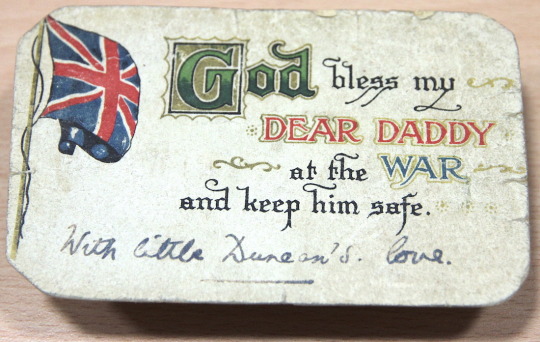
‘God bless my DEAR DADDY at the WAR and keep him safe. With little Duncan’s love.’ / SGT DAVID J MCRAE 240180
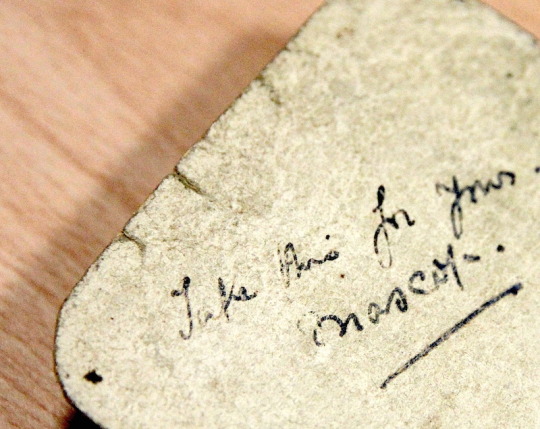
‘Take this for your mascot’ / SGT DAVID J MCRAE 240180
It’s also a time of contemplation in terms of the ‘axis’ that embodies ‘where’ creative response meets military rigour. Of considering how suitability and juxtaposition may highlight-and-handle harrowing conflict-based narratives. I’m conceiving of plans which will both comment and illuminate with the intention of partially pushing aside many of the traditional conventions, or norms, in terms of museum display. Questions arise as to ways in which one can effectively honour tradition whilst reigniting/reframing perceptions.
S U M M E R H A S B E E N
T U R N E D T O
W I N T E R B Y T H E
G U N S
(A label found below a photograph housed deep within a section of the photographic archive not open to the general public)
The following extract was handed to me by Dave Chapman (Research and Volunteer Co-ordinator at the museum) via Richard Coomber. It vividly details the horrific nature of the Battle of Arras and the significance of the bagpipes during one particular moment of conflict:

Private Walter Teale, of 19 Fletton Terrace, Undercliffe, has been through some heavy engagements at the front with the famous Cameron Highlanders. He was wounded in the Somme battle on the 17th of last August, being injured in the fingers and shoulders.
After a spell in Nottingham Hospital he re-joined his regiment and took part in the great Arras battle and was wounded again on the Bapaume Road, on March 3rd. This time he was sent to the hospital at Clacton-on-Sea and having now recovered, he went to the front for the third time last Tuesday.
Speaking of the Arras battle he says:
“We did about an 18 mile march during the night and opened the ball in a new place at 5 a.m. For five days a torrent of shell fire had been raging at this spot and the ground was ripped and torn and furrowed with the Huns’ big guns, and the air was sulphurous almost to the point of suffocation. When the order was given for our men to go over the top, we did so with right goodwill.
After mounting the parapet we advanced steadily across the shell-swept zone, picking our way between the shell craters and eventually lined up on the slope of the enemy’s parapet before taking part in the last grim struggle. We could see the Germans taking aim at us from behind their defences and then the Highland pipers struck up the Cameron march, which sent an exultant thrill through all our men. I believe it was the music at that moment which made it possible for us to go through the terrible ordeal that followed.
Anyhow, we dashed for the Huns, over the wires, over shell holes, past mined patches and death traps, and faced a torrent of fire aimed at us. At the top of the parapet men gripped each other in deadly embrace. Dead and wounded fell, some sticking on the barbed wire and others rolling down the slope.
The Germans spared neither men nor munitions in their desperate efforts to throw us back. As far as we could see, they were lined along the front, shoulder-to-shoulder, and behind them was another line of reserves ready to be moved up to fill vacancies in the first. Further back still was another line ready to relieve the others when the strain became too great. Of course, we had no such luck as a double-line of reserves. After a desperate struggle we smashed through their first line, though they tried hard to close up the gap we had made by sending forward more men. With us it was a question of holding on or dying where we were. The Germans were furious at our success and hurled their best troops against the Highlanders but we were immoveable and victory remained with us at the end.”
Shipley Express & Times 1 June 1917, page 9

Further background info related to Arras: http://www.bbc.co.uk/news/uk-scotland-39500498
‘Arras was fought from 9 April to 16 May 1917 and marked the beginning of the spring offensive on the Western Front.’
RESIDENCY LOCATION BACKGROUND.
Fort George is a large 18th-century fortress to the north-east of Inverness. The current fortress has never been attacked and has remained in continuous use as a garrison.
The fortification is based on a star design that remains virtually unaltered.
The Highlanders’ Museum (Queen’s Own Highlanders Collection) covers three floors of Fort George’s former Lieutenant Governors’ House.
Post link
Residency Progress Report / 20th February 2017
I’m lucky to have spent some concentrated time delving into the archives (photographic + object based) at the Highlanders’ Museum at Fort George, Inverness, over the past 6 weeks. It’s provided a fascinating, funny, and at times, incredibly poignant window onto the everyday lives of families, soldiers and regiments during World War One.
Naturally there are War Diaries, which detail strategic manoeuvres and life-saving co-ordinates, but there are also highly personal notes like the one sent from son to father which signs-off ‘Your dying son’or the postcard which reads ‘God bless my DEAR DADDY at the WAR and keep him safe’
Out of this densely woven web of narratives I’m beginning to navigate some ‘pathways for expression’ which will lead to an exhibition on-site from October 2017 - March 2018.
Image: The photographs above show my working space at the museum. It’s an ‘open-studio’ of sorts where I can communicate with people visiting the site, explore ideas and get a feel for the over-arching narratives that are emerging out of my residency.
Post link



